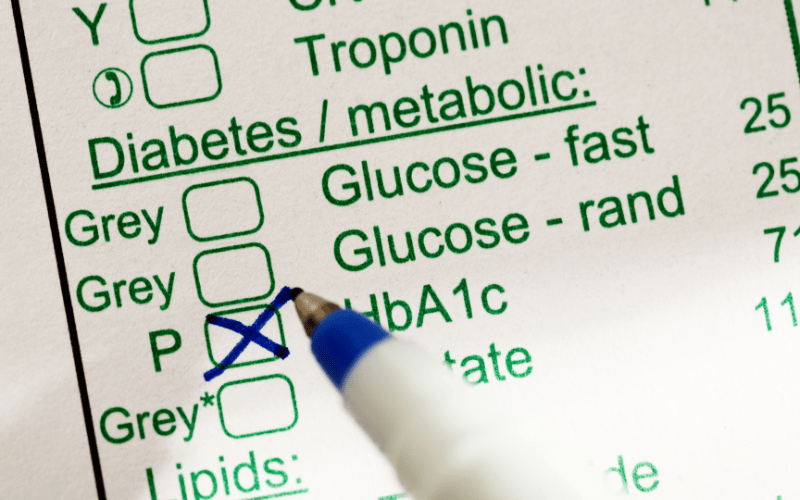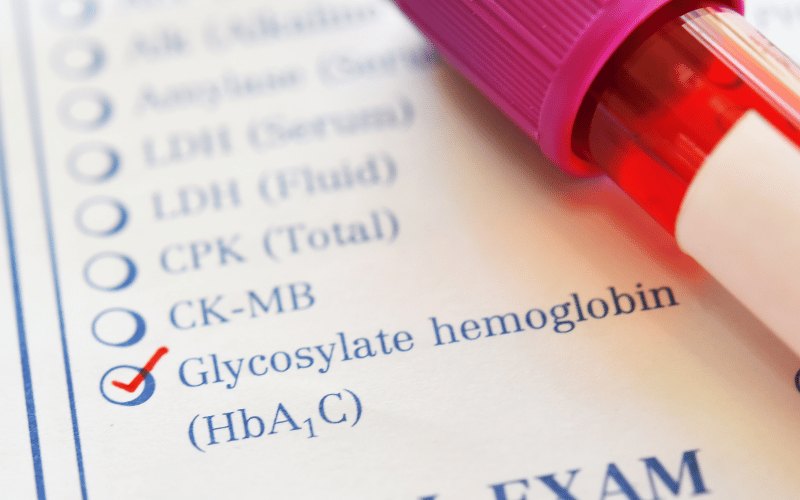Introduction: Delving into Glycated Hemoglobin (HbA1c)
Glycated hemoglobin, widely known as Hemoglobin A1C or HbA1c, plays a pivotal role in managing and monitoring diabetes. This protein in our red blood cells binds with glucose, reflecting the average blood sugar levels over a period of time.

The higher your blood sugar levels, the more hemoglobin you’ll have with sugar attached. Testing for HbA1c provides invaluable insight, giving both patients and healthcare professionals a clear picture of blood sugar control over the previous two to three months.
This in-depth look into HbA1c is crucial for several reasons. For individuals living with diabetes, maintaining blood sugar levels within the recommended range is essential.
It’s not just about managing the highs and lows of daily blood sugar fluctuations. Long-term blood sugar control, as indicated by HbA1c levels, plays a key role in preventing or managing diabetes-related complications.
Understanding HbA1c is more than just knowing a number. It’s about grasping what this value means for your overall health and diabetes management plan. With the right knowledge, individuals can use their HbA1c levels as a tool to guide their treatment choices, lifestyle changes, and understand their risk for complications.
In the following sections, we’ll unravel the various facets of glycated hemoglobin. From its formation in the body and its significance in diabetes management, to interpreting your results and understanding its limitations, this article aims to equip you with the knowledge you need. So, let’s dive in and unravel the mysteries of HbA1c.
1. The Intricacies of Glycated Hemoglobin Formation

Glycated hemoglobin, or HbA1c, is a result of hemoglobin’s interaction with glucose in the blood. This interaction is a natural and ongoing process, reflecting the average blood sugar levels over the life of a red blood cell, which is typically about 120 days.
When glucose enters the bloodstream, it binds to hemoglobin, the protein in red blood cells responsible for transporting oxygen. This binding process results in the formation of glycated hemoglobin.
In the initial paragraph, we delved into the process of how HbA1c is formed. Hemoglobin, the oxygen-carrying protein in our red blood cells, binds with glucose in the blood, resulting in glycated hemoglobin. This natural occurrence provides a snapshot of our average blood sugar levels over a period of time.
The level of HbA1c in your blood is a direct reflection of your average blood glucose levels. It’s important to understand that the higher the amount of glucose in the blood, the more hemoglobin will be glycated. This relationship is pivotal for those managing diabetes, as it directly impacts the HbA1c levels. By monitoring these levels, individuals and healthcare professionals can gauge how well blood sugar is being managed over time.
This relationship between blood glucose and HbA1c is at the heart of diabetes management. For those living with this condition, keeping blood sugar levels within a target range is vital. It’s not just about managing daily fluctuations; it’s about ensuring long-term blood sugar control to prevent complications. Understanding the nuances of HbA1c formation is the first step in utilizing this tool effectively in diabetes management. (1)